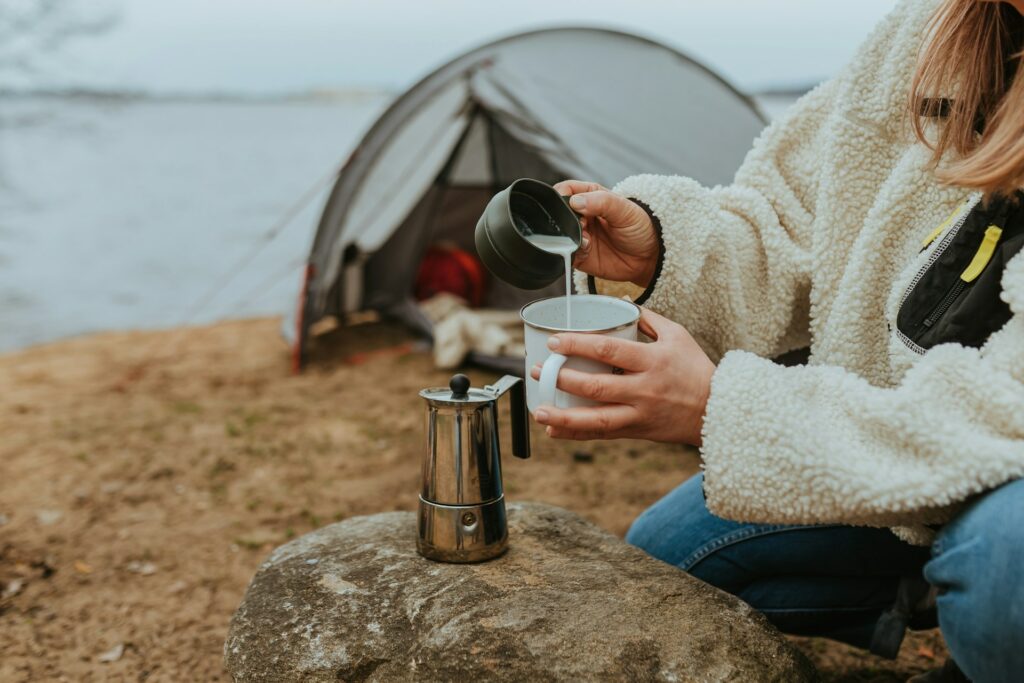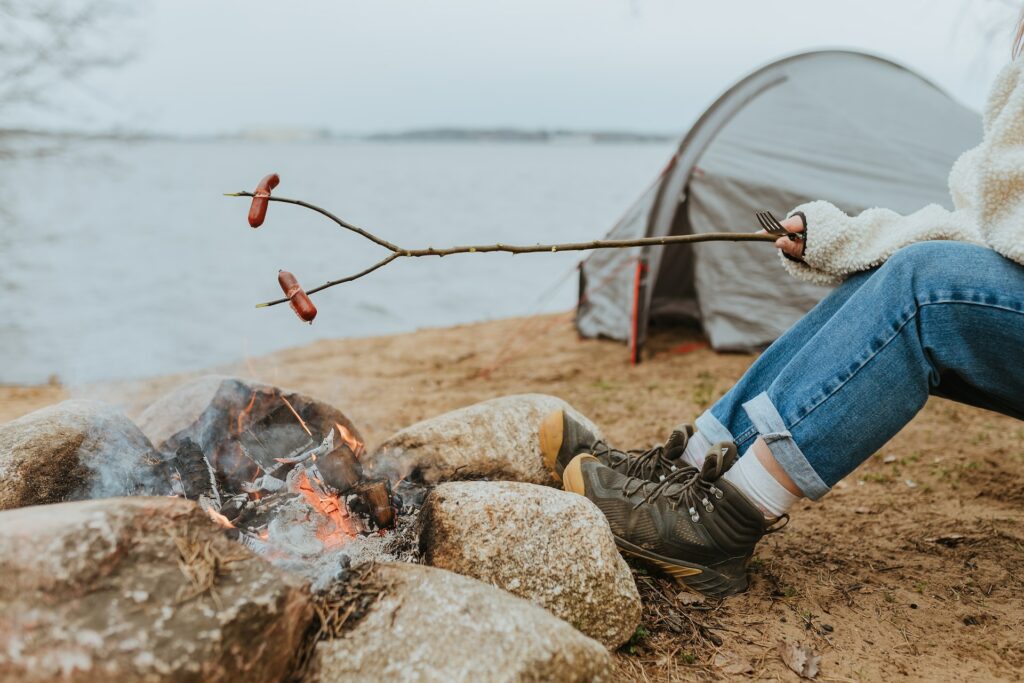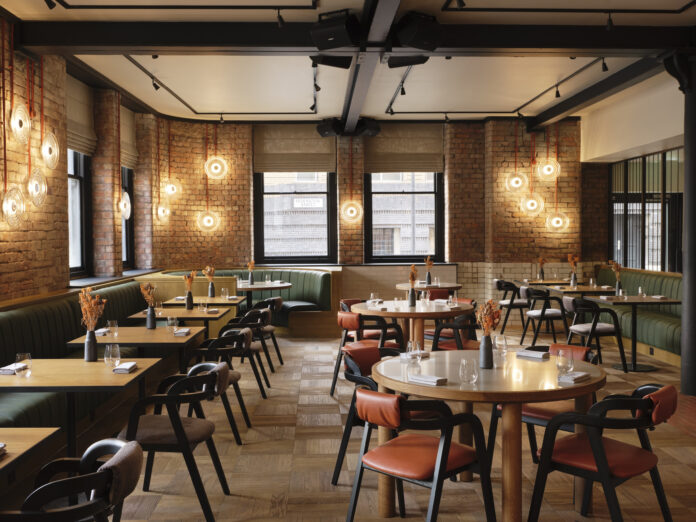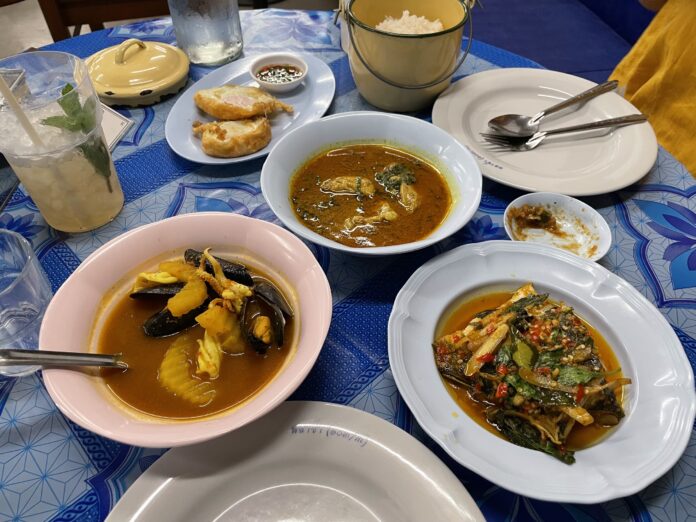Embarking on a wild camping adventure is an exhilarating experience. The thrill of the great outdoors, the beauty of nature, and the challenge of survival all combine to create an unforgettable journey. But, as any seasoned adventurer will tell you, the key to a successful wild camping trip lies in careful preparation, particularly when it comes to food.
The Role Of Survival Food In Outdoor Activities
When you’re out in the wild, your usual diet of fresh produce and home-cooked meals won’t cut it. You need survival food – nutrition-packed meals that are lightweight, have a long shelf life, and can provide the high energy levels required for physically demanding activities like hiking or camping.
One of the best options for survival food is ration packs. These packs are filled with energy-boosting meals that cater to both your taste buds (to an extent!) and nutritional needs. They’re lightweight, easy to carry, and can serve as primary meal replacements if necessary.
Typical Contents Of A Ration Pack
Ration packs, also known as meal kits, are designed to provide all the necessary nutrition for an individual for a specific period, typically 24 hours. They are a convenient and efficient way to carry food for outdoor adventures, as they are lightweight, compact, and require minimal preparation. Here’s what you can typically expect to find in a standard ration pack:
Main Meals
Ration packs usually contain one or more main meals. These are often freeze-dried or dehydrated foods that can be rehydrated with boiling water. The meals are designed to be high in energy and nutrition, and there’s usually a variety of options to cater to different tastes and dietary requirements.
Snacks
To provide energy between meals, ration packs often include a variety of snacks. These might include energy bars, trail mix, dried fruit, or biscuits. Some ration packs also include sweets or chocolate for a quick energy boost.
Drinks
Ration packs typically include a range of drink options. These might include coffee, tea, hot chocolate, and powdered drink mixes that can be added to water to provide additional vitamins and minerals.

Accessories
In addition to food and drink, ration packs often include various accessories to aid in meal preparation and consumption. These might include a portable stove and fuel tablets for heating meals, a spork for eating, water purification tablets, and matches or a fire starter.
Extras
Some ration packs also include extras like electrolyte sachets, toilet paper, and basic first aid supplies. These can be very useful in a survival situation.
It’s important to note that the contents of a ration pack can vary widely depending on the manufacturer and the intended use of the pack. Some are designed for military use, while others are intended for civilian outdoor enthusiasts. Always check the contents of a ration pack before purchasing to ensure it meets your specific needs and preferences.
The Magic Of Freeze-Dried Foods
Freeze-dried foods are a staple in any survival kit. These are regular dishes where water has been removed, making them lighter while retaining most nutrients from the original ingredients. When hunger strikes mid-adventure, simply rehydrate these dried foods in freshly boiled water to bring back almost all of their initial quality within minutes.
Ready-To-Eat Meals For Anytime You Need Them
Meals Ready to Eat (MREs) are fully cooked, self-contained meals that can be eaten cold or rehydrated. They’re ideal for emergency situations where you might not have access to cooking facilities. MRE meals offer variety, with menus ranging from beef and potato hotpot to vegetarian options, ensuring that there’s something for everyone.
Understanding Meals Ready To Eat (MREs)
MREs are self-contained, individual rations in lightweight packaging. They were initially developed by the U.S. military for service members to consume while in the field or in combat zones where conventional food facilities are not available. Today, they are also widely used by outdoor enthusiasts, survivalists, and emergency responders.
Read: What do you need to bring with you while hiking?
How Do Mres Work In The Wild?
MREs are designed to be eaten straight from the packet, requiring no cooking or additional preparation. This makes them ideal for situations in the wild where cooking facilities may not be available or practical. Each MRE packet typically contains a main course, a side dish, crackers or bread, a spread (like peanut butter, cheese, or jelly), a dessert, and a powdered beverage mix.
One of the unique features of military-grade MREs is the flameless ration heater (FRH). This is a water-activated exothermic reaction pouch that can heat the meal without the need for cooking over fire or electricity, making it possible to have a hot meal even in the most challenging conditions.

A Historical Energy Source: Romney’s Kendal Mint Cake
As the survival food experts at Heinnie Haynes illuminate, when it comes to survival food, the story of Romney’s Kendal Mint Cake stands out. This mint cake is more than just a sweet treat. It’s an energy-packed resource that has helped explorers and adventurers fuel their journeys for more than a century. High in sugar content, each bite delivers quick-release energy perfect for those moments when you need an instant pick-me-up during vigorous outdoor activities or emergencies.
Fresh Food That Lasts Longest In The Wild
When embarking on a wild camping adventure, it’s not always feasible to rely solely on ration packs and freeze-dried foods. Sometimes, the taste of fresh food can provide a much-needed morale boost. However, not all fresh foods are created equal when it comes to longevity in the wild. Here are some of the best options for fresh food that can last the longest without refrigeration.
Hard Cheeses
Hard cheeses like Cheddar, Gouda, or Parmesan are excellent choices for camping trips. They can last up to two weeks without refrigeration if properly stored. Wrap them in wax paper or cheese paper to allow them to breathe and prevent them from drying out.
Root Vegetables
Root vegetables such as potatoes, carrots, and onions are sturdy and can last for weeks when stored in a cool, dark place. They’re also versatile, making them a great addition to your camping menu.
Cured Meats
Cured meats like salami or jerky can last for a long time without refrigeration, thanks to the curing process that they undergo. They’re also high in protein, providing you with the energy you need for your outdoor activities.

Apples
Apples are a fantastic source of nutrition and can last up to a week or more without refrigeration. They’re also lightweight and easy to carry, making them an ideal snack for your outdoor adventures.
Nuts & Seeds
Nuts and seeds are not only long-lasting but also packed with essential nutrients. They’re a great source of protein, healthy fats, and fibre, making them an excellent energy-boosting snack.
Dried Fruits
Dried fruits like raisins, apricots, or dates can last for months without spoiling. They’re also lightweight and compact, making them easy to pack and carry.
Honey
Honey is a natural preservative and can last indefinitely without spoiling. It’s also a great source of quick energy, thanks to its high sugar content.
When packing fresh food for your wild camping adventure, remember to consider the length of your trip and the storage conditions. While these foods can last for a while without refrigeration, they will eventually spoil, so it’s essential to consume them within their shelf life to avoid food poisoning.
Considerations When Choosing Survival Food
When selecting survival food for your outdoor adventures, it’s essential to consider meals that offer high energy yet remain light enough not to weigh down your backpack. But don’t just get carried away by calorie count; consider dietary restrictions too. If you’re gluten intolerant or prefer vegetarian options, make sure these needs are met with gluten-free and vegetarian ration packs respectively.

Water Purification & Storage In Outdoor Survival
Having a reliable source of clean water is vital for outdoor survival. This involves two key processes: purification and storage. Portable water purifiers can filter out harmful bacteria and viruses, while plastic containers are ideal for storing your clean water until use.
Essential Cooking Equipment For Outdoor Survival
When camping or in a survival situation, the right cooking equipment is essential. A sturdy cooking pot, a portable stove, multitools for preparing and eating food, and a trusty pocket knife are all indispensable when preparing meals or performing other essential tasks.
Building A Long-Term Food Supply
Whether you’re preparing for an emergency or planning a long outdoor expedition, having a reliable long-term food supply is vital. Select foods with high shelf life, maintain nutritional balance, and ensure proper food storage.
The Bottom Line
The right survival food can make all the difference between merely enduring and truly living during your wild camping adventure. So, pack wisely, and let the adventure begin!





